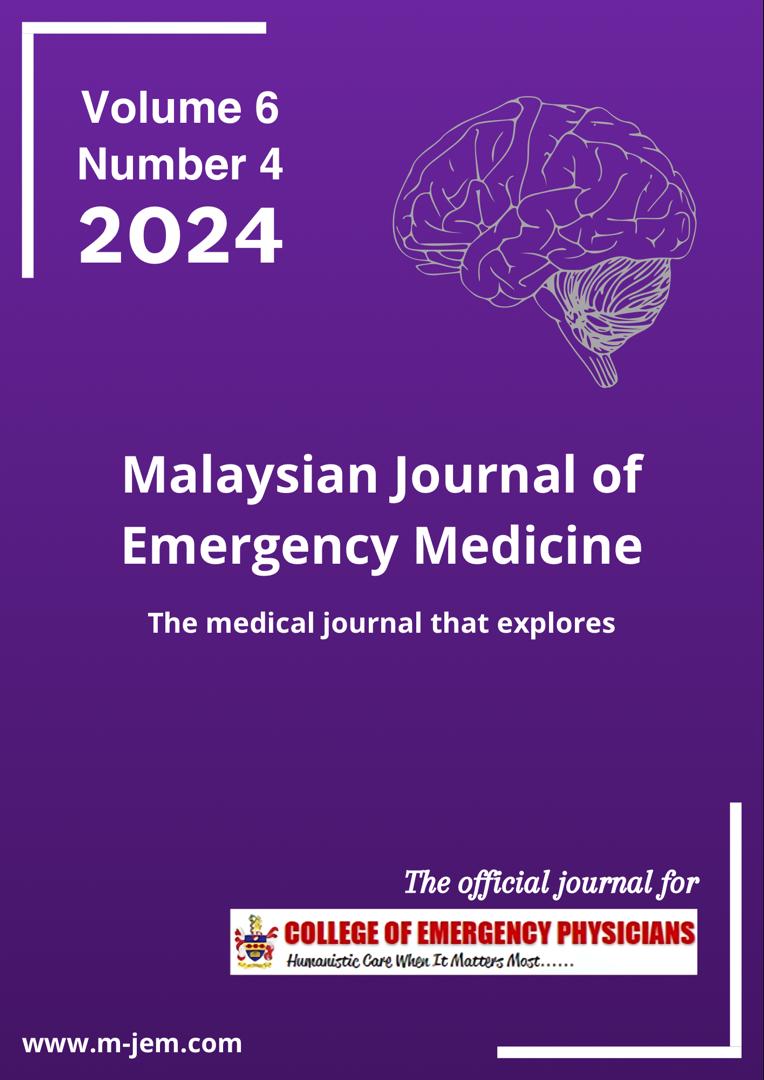Benzodiazepines in Status Epilepticus: Use It Correctly for Effective Results
Main Article Content
Abstract
Status epilepticus (SE) is a neurological emergency with a mortality rate influenced by its aetiology and duration. Prompt and effective treatment, from prehospital care (PHC) to emergency department (ED) management, is critical for improving outcomes. Benzodiazepines (BZDs) are the first-line treatment for SE because of their rapid onset, efficacy, and tolerability. The BZDs of choice are intravenous (IV) lorazepam, IV diazepam, and non-IV midazolam. A treatment gap exists owing to the underutilisation of non-IV midazolam in PHC settings. Despite their effectiveness, BZDs are also frequently underdosed or delayed, contributing to refractory SE and poor outcomes driven by unfounded fears of respiratory depression. Adequate BZD dosing has demonstrated benefits in generalised convulsive SE but not in other forms. This review explores the role of BZDs in SE management, associated challenges, and strategies to optimise treatment in the critical early hours.
Metrics
Article Details

This work is licensed under a Creative Commons Attribution-NonCommercial 4.0 International License.

